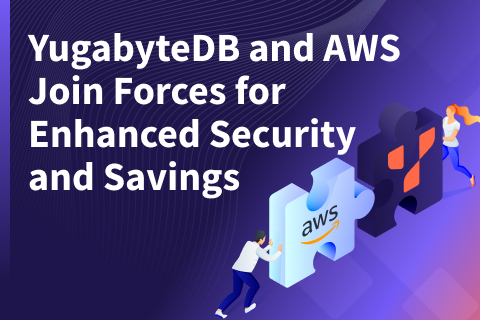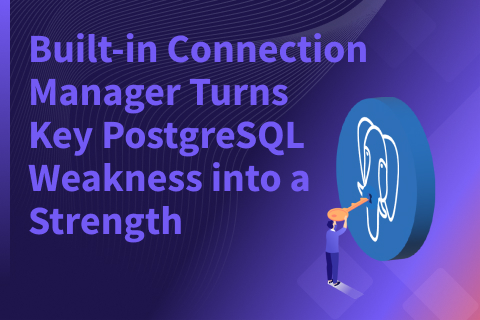Achieving Accurate Clock Management in YugabyteDB
Managing time in a cluster is a core requirement for maintaining a healthy distributed system. Discover how YugabyteDB Anywhere achieves accurate clock management by ensuring Network Time Protocol services are set up and running correctly from initial creation of the universe and throughout its lifecycle, and how constantly monitoring every node ensures clock skew stays low.









